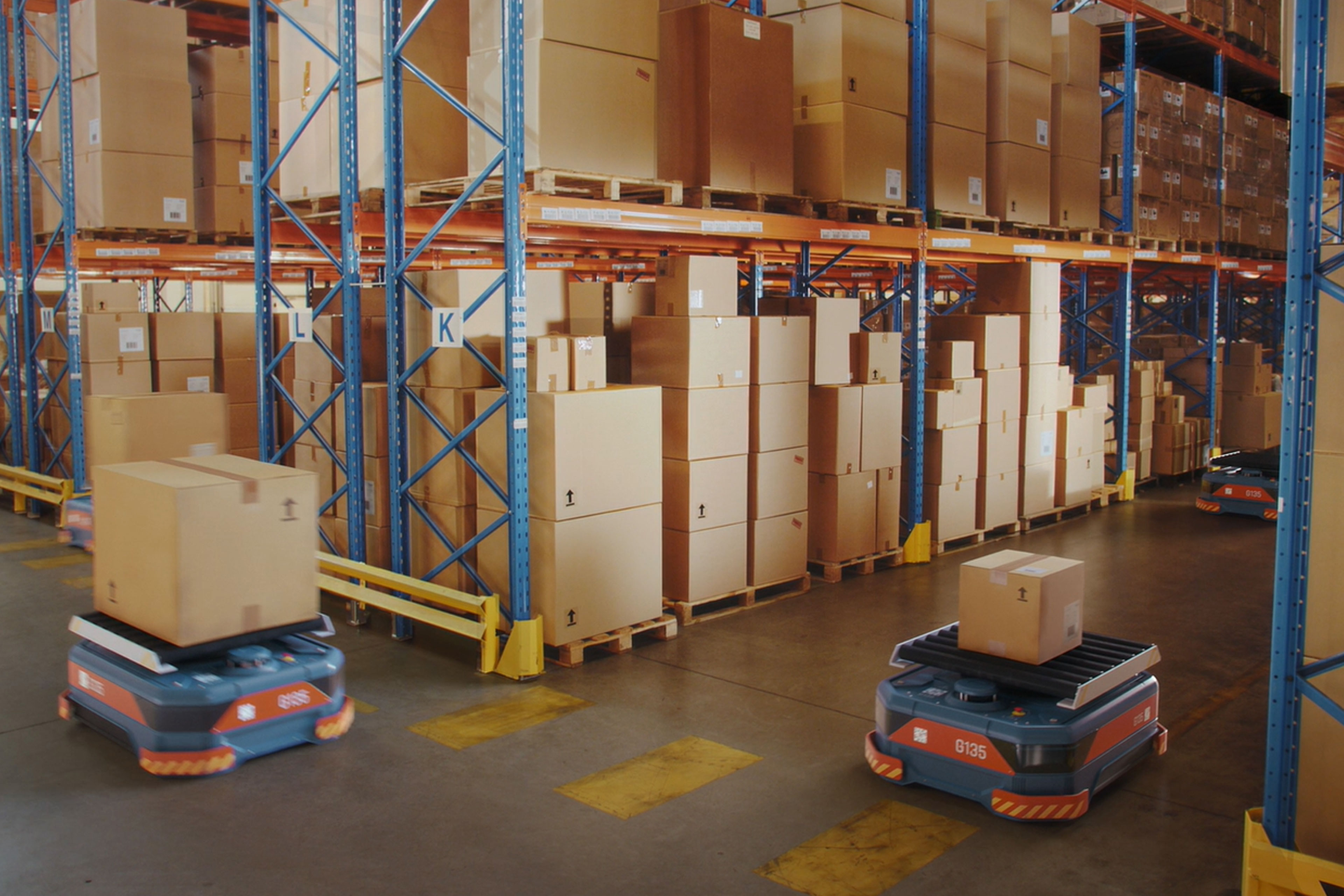EY refers to the global organization, and may refer to one or more, of the member firms of Ernst & Young Global Limited, each of which is a separate legal entity. Ernst & Young Global Limited, a UK company limited by guarantee, does not provide services to clients.
How EY can help
-
Innovative EY supply chain solutions enhance efficiency, drive transformation and optimize end-to-end operations for lasting business success.
Read more
COOs are responding to the business and operational challenges brought on by these external forces by reassessing every aspect of operational strategy — including what it means to be a COO today.
For instance, it's no longer enough to optimize cost and deliver goods on time. Today, supply chains require a “fit-for-purpose” approach that accounts for trade-offs across multiple attributes such as cost, agility and sustainability. Another area of added scrutiny is to make operating models nimbler and more resilient.
Considering impacts from the COVID-19 pandemic, COOs are asking:
- “Where should our people be located?”
- “Do we have enough IT support to grow the organization?”
- “How do we strategically partner with our suppliers to de-risk supply?”
- “Do we have the right channels, routes to market and supplier base locations to efficiently meet customer expectations?”
- “What changes or investments do I need to better anticipate such disruptions?”
Leading COOs are leveraging digital tools at their disposal to strategically address all of these concerns and help their organizations come out ahead. For example, offline planning exercises are being replaced with supply chain digital twins to help organizations understand and manage risks and supply disruptions and respond quickly.
According to EY research, end-to-end visibility is the number one challenge for supply chains. Increased visibility into the entire product lifecycle enables organizations to set and achieve advanced sustainability goals, including diverse sourcing strategies, carbon emissions data collection, and creating a circular business model.
Further, COOs are influencing capital allocations, not just for traditional areas, such as plant and equipment, but also for technology/infrastructure upgrades, either through in-house builds or through acquisitions of companies with advanced digital capabilities.
Disruption defined the beginning of the decade, but leading COOs are now taking charge of redefining their future, considering regionalization of supply chains, focusing on resiliency and value creation through networks.







